BiasBusters@CMU
Check back for information on our Spring 2022 Workshops!
What is Unconscious Bias?
"Unconscious bias refers to a bias that we are unaware of, and which happens outside of our control. It is a bias that happens automatically and is triggered by our brain making quick judgments and assessments of people and situations, influenced by our background, cultural environment and personal experiences."
Sandy Sparks
The University of Warwick
What is BiasBusters @ CMU?
BiasBusters@CMU is modeled on Google’s Bias Busting@ Work program, and developed in concert with Google. The program was piloted in the School of Computer Science (BiasBusters@SCS,CMU) to engage over issues of bias, diversity, and inclusion. BiasBusters sessions are led by members of the CMU community who have volunteered to be trained as program facilitators. BiasBusters@CMU now reaches communities across the Carnegie Mellon campus.
Several things distinguish BiasBusters@CMU from similar programs. First is the framing: the program has an academic tone, focusing on summaries of research evidence into which discussions of experience are woven. Second, the role-playing, based on relevant and real life scenarios, has proved to be a powerful and effective approach for engaging participants, both at Google and at CMU, creating commitments to greater inclusivity.
Goals of BiasBusters @ CMU






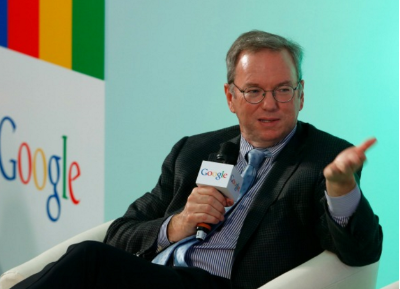
How Silicon Valley Can Get Less White
Lauren Williams
“I’ve been in tech for 15 years, so I’ve been on a lot of interviews…I have never been on the verge of tears until I interviewed with Google,” developer and tech consultant Adria Richards told ThinkProgress. A double minority in tech — a woman of color — Richards didn’t get the job. Silicon Valley has a major diversity problem. After years of resistance, Google publiclyreleased its employee diversity numbers earlier last week, showing how bad the problem really was: The report showed only 30 percent of the Internet giant’s employees worldwide are women and just 35 percent in the United States aren’t white, with Asians making up 30 percent of non-whites at the company. Google’s figures mimic what’s going on in the predominately white and male tech industry overall. The Internet giant admitted it had a long way to go to improve diversity, vowing to partner with colleges and continue to sponsor programs that encourage minorities and women to go into technology. But to make the industry less homogeneous, Google and other Silicon Valley companies may have to take a more hands-on approach to tackle ethnic and gender disparities and boost recruitment. Here are three things the Internet giant can do to make their workforce a little more representative of the world around them.
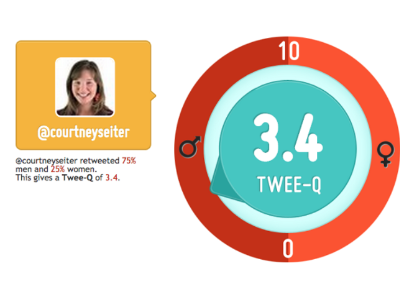
7 SIMPLE METHODS TO FIGHT AGAINST YOUR UNCONSCIOUS BIASES
Courtney Seiter
I believe in the power of women to build inspiring careers in all types of fields. At least, that’s what I thought I believed. It’s what my conscious mind thinks, at least. My unconscious mind, however, favors traditional Western gender roles: men focusing on careers while women focus on family. I learned about this dichotomy from taking an implicit association test, a social psychology test designed to measure a person’s unconscious or automatic associations between types of people and specific concepts or ideas. And I’m not alone: The results of more than one million tests suggest that most people have these unconscious associations.
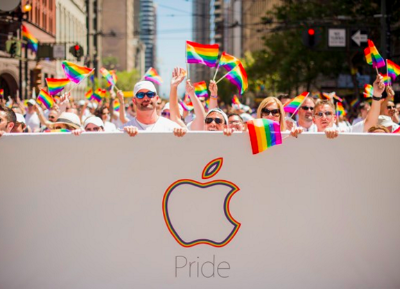
How To Make Your Company Less Sexist and Racist
Katherine Reynolds Lewis
Many employers who discriminate don't do so intentionally, yet few are aware of concrete steps they can take to override their subconscious biases.
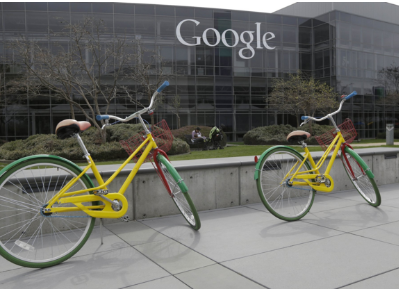
Exposing Hidden Bias at Google
Farhad Manjoo
Google, like many tech companies, is a man’s world. Started by a pair of men, its executive team is overwhelmingly male, and its work force is dominated by men. Over all, seven out of 10 people who work at Google are male. Men make up 83 percent of Google’s engineering employees and 79 percent of its managers. In a report to the Equal Employment Opportunity Commission last year, Google said that of its 36 executives and top-ranking managers, just three are women. Google’s leaders say they are unhappy about the firm’s poor gender diversity, and about the severe underrepresentation of blacks and Hispanics among its work force. And so they are undertaking a long-term effort to improve these numbers, the centerpiece of which is a series of workshops aimed at making Google’s culture more accepting of diversity. There’s just one problem: The company has no solid evidence that the workshops, or many of its other efforts to improve diversity, are actually working.

THE PERVASIVE BIAS AGAINST FEMALE COMPUTER SCIENCE MAJORS
Pooja Sankar
Most of the top-paying jobs for college graduates today involve computer science and engineering degrees, yet only 18% of computer science graduates are women.
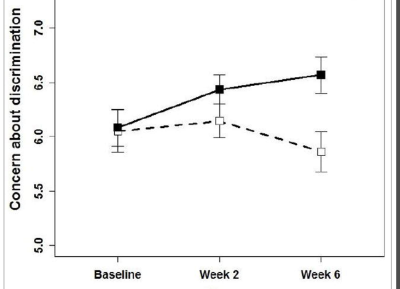
LONG-TERM REDUCTION IN IMPLICIT RACE BIAS
Patricia G. Devine, Patrick S. Forscher, Anthony J. Austin, and William T. L. Cox
We developed a multi-faceted prejudice habit-breaking intervention to produce long-term reductions in implicit race bias. The intervention is based on the premise that implicit bias is like a habit that can be reduced through a combination of awareness of implicit bias, concern about the effects of that bias, and the application of strategies to reduce bias. In a 12-week longitudinal study, people who received the intervention showed dramatic reductions in implicit race bias. People who were concerned about discrimination or who reported using the strategies showed the greatest reductions. The intervention also led to increases in concern about discrimination and personal awareness of bias over the duration of the study. People in the control group showed none of the above effects. Our results raise the hope of reducing persistent and unintentional forms of discrimination that arise from implicit bias.
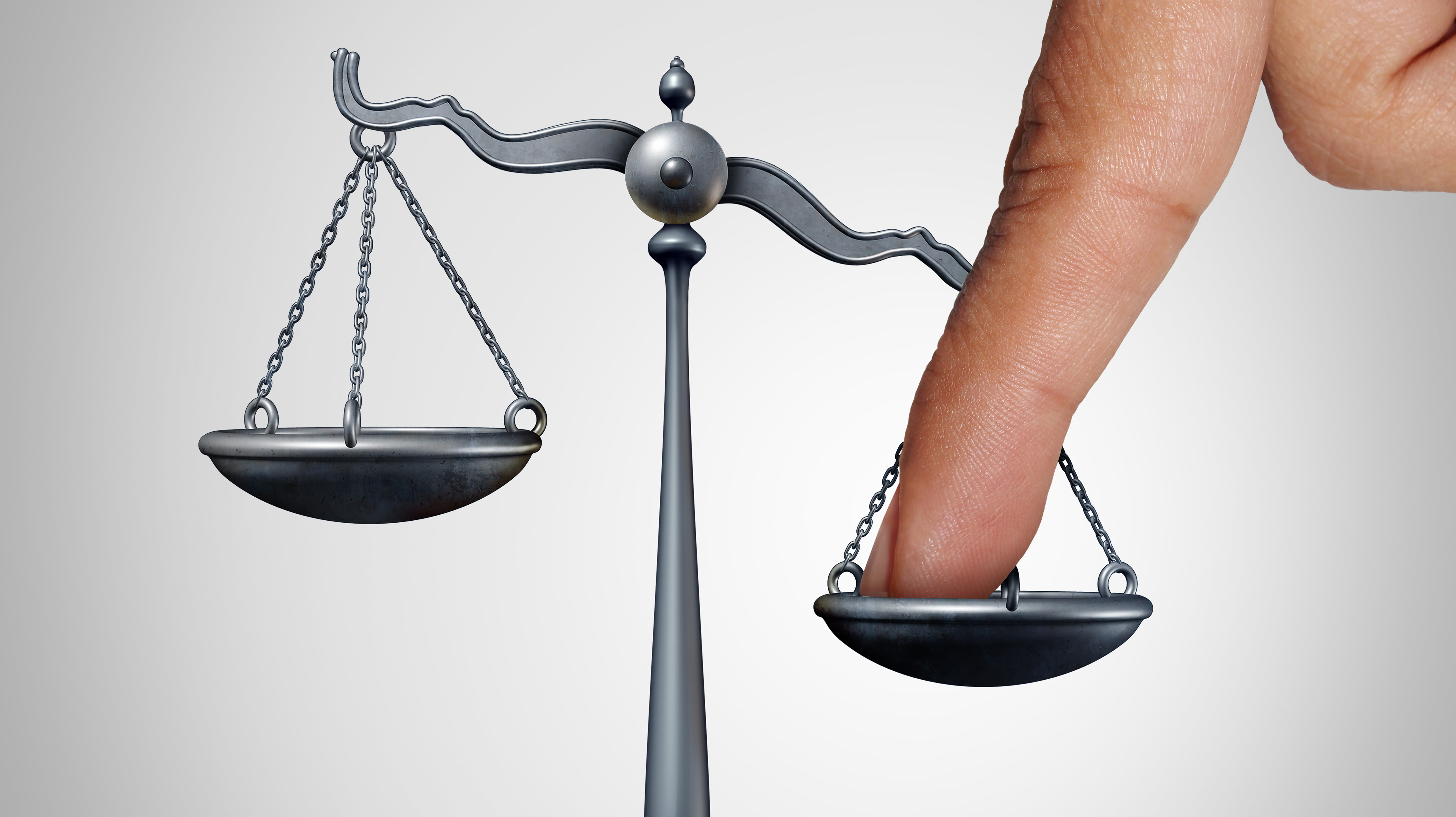
A Judge Asked Harvard to Find Out Why So Many Black People Were In Prison. They Could Only Find 1 Answer: Systemic Racism
Michael Harriot
655 of every 100,000 Black people in Massachusetts are in prison, while 82 of every 100,000 white people are in prison. At the root of this staggering divide, yet again, is systemic racism. In 2016, Massachusetts Supreme Judicial Court Chief Justice Ralph Gants asked Harvard researchers to more closely investigate these inequalities in our criminal justice system. Researchers noticed that while 74% of the Massachusetts population is white, white people only account for 58.7% of the study data; meanwhile, black people make up 6.5% of the population but 17.1% of the data. They ultimately confirmed that the justice system is “unequal on every level”: cops are more likely to profile and search Black drivers and residents, and charge Black citizens with harsher penalties and longer sentences with higher average bail, despite the fact that the average white felon commits a more severe crime than the average Black inmate. There are even two separate systems entirely, as “prosecutors are more likely to… send Black and Latinx people ‘to Superior Court where the available sentences are longer.’” Ultimately, the study confirmed that the disparities we see in prisons or in mass media aren’t what some might chalk it up to (like Black-on-Black crime, or absence of two-parent homes), but rather a systemic and ever-reinforced injustice in our justice system.
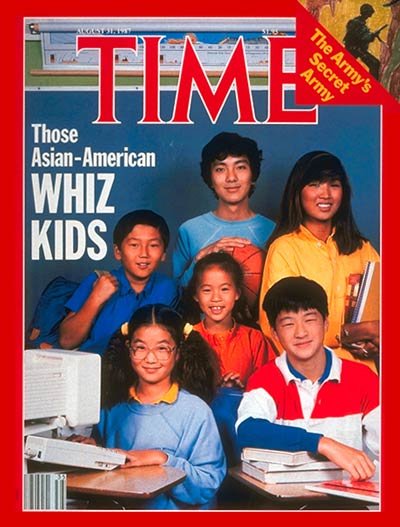
The Real Problem When It Comes to Diversity and Asian-Americans
Jack Linshi
The longevity of the idea that “all [Asian Americans] know how to do is sit in front of a computer” was highlighted recently when several top technology firms released their first-ever diversity reports. Those reports and media discussion of their findings centered on the obvious, important problem: an under-representation of women, blacks, Hispanics and Native Americans. Very little was said of the discrepancy between the high percentage of Asian tech employees and the disproportionately low percentage of Asian leaders. "...think about what [not talking about Asian representation] might be saying in terms of Asian-Americans in the U.S.”, says Mary Lui, a professor of American and Asian-American Studies at Yale University. What it says is this: Asians and Asian-Americans are smart and successful, so hiring or promoting them does not count as encouraging diversity. It says: there is no such thing as underrepresentation of Asians and Asian-Americans. The problem with this belief, historians and advocates assert, is that it not only obscures the sheer range of experiences within Asian and Asian-American populations, but also excludes them from conversations about diversity and inclusion in leadership and non-tech sectors.
